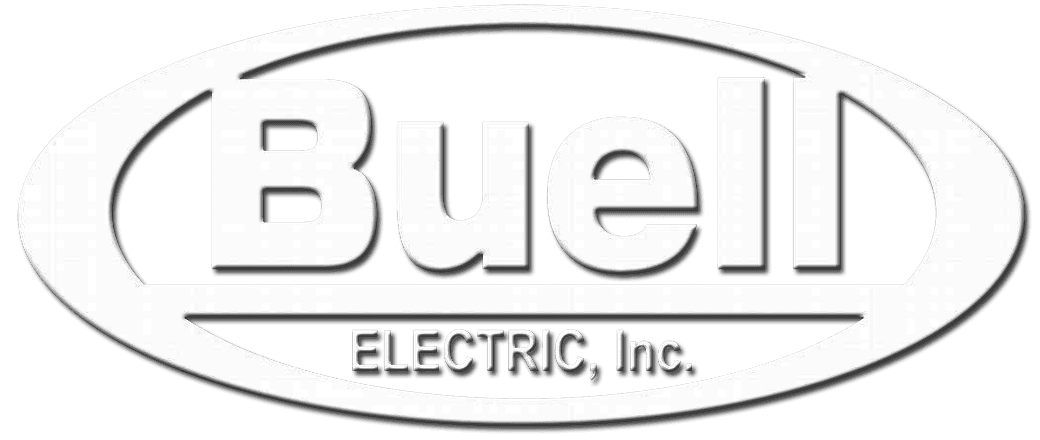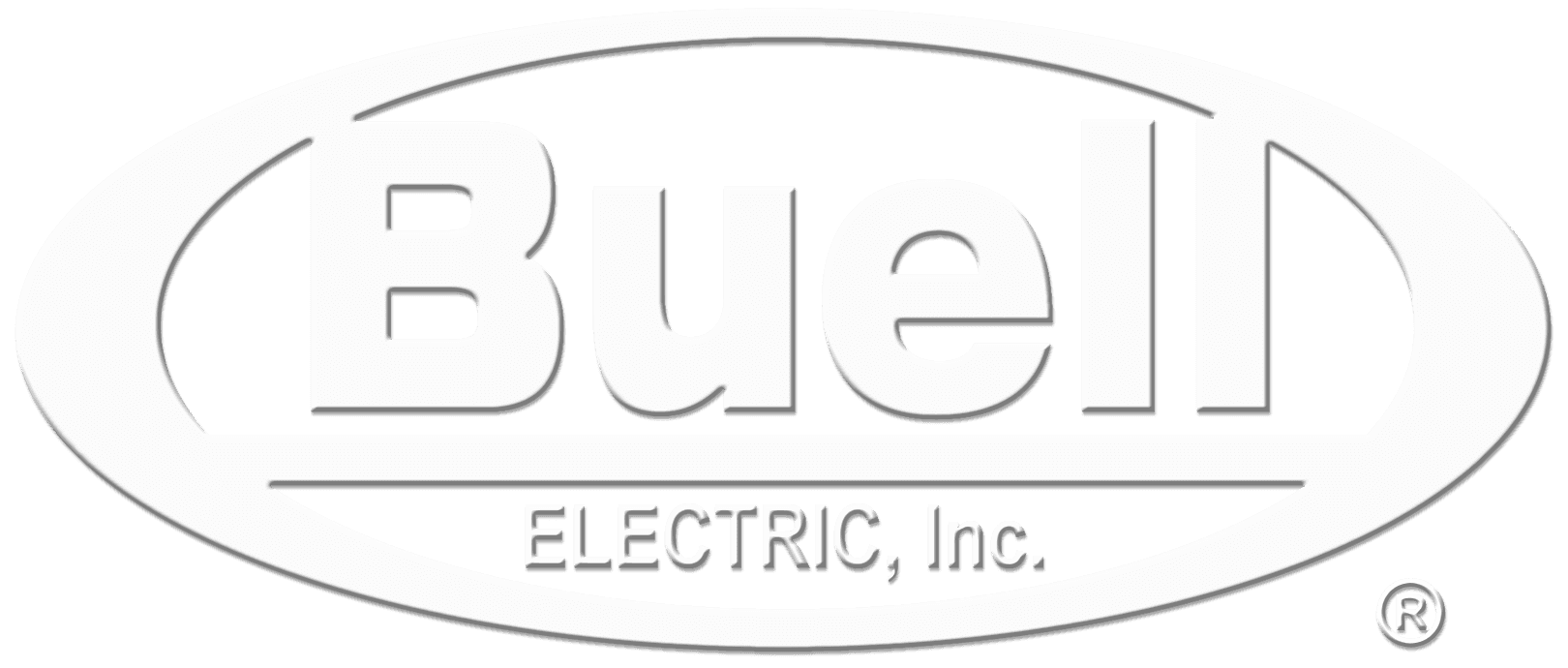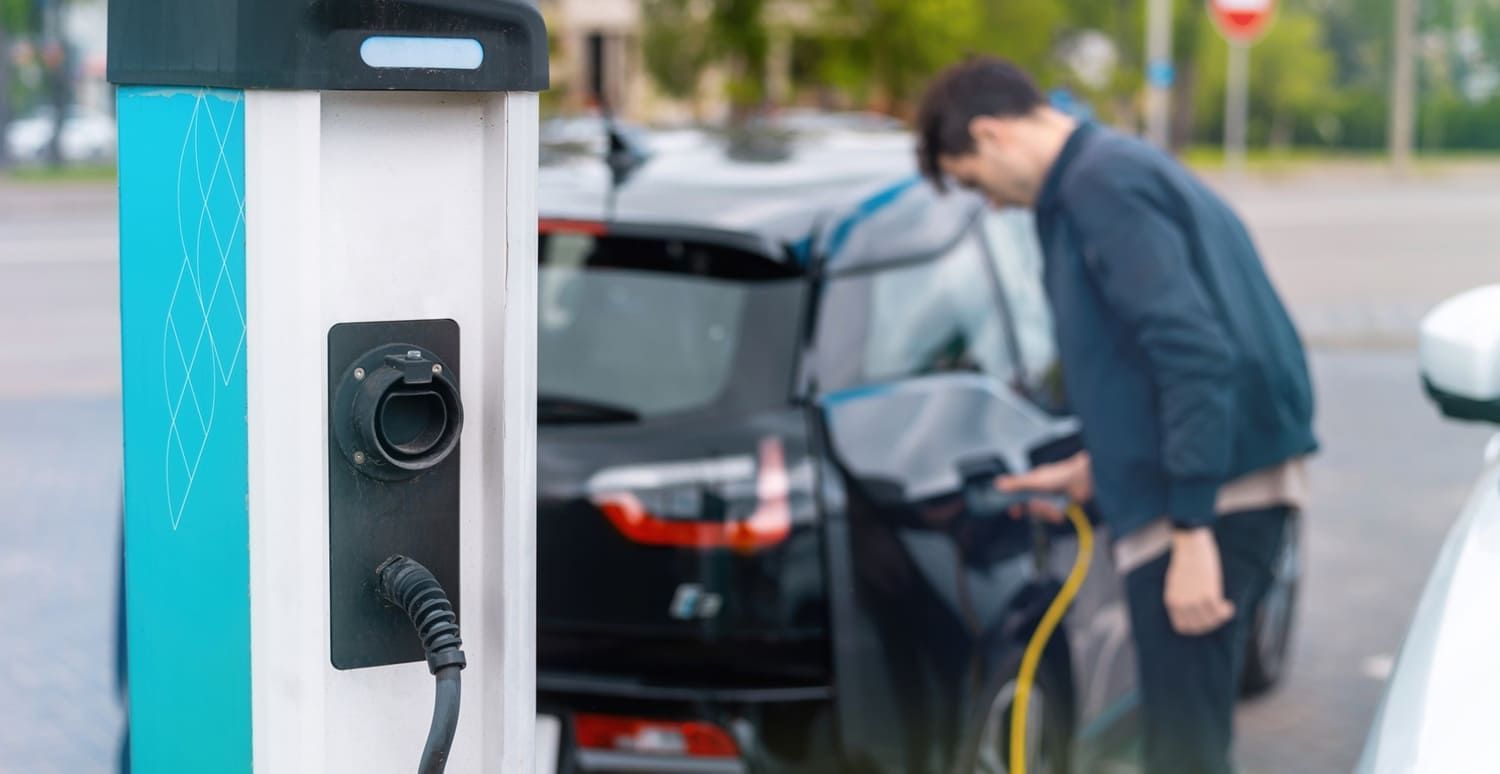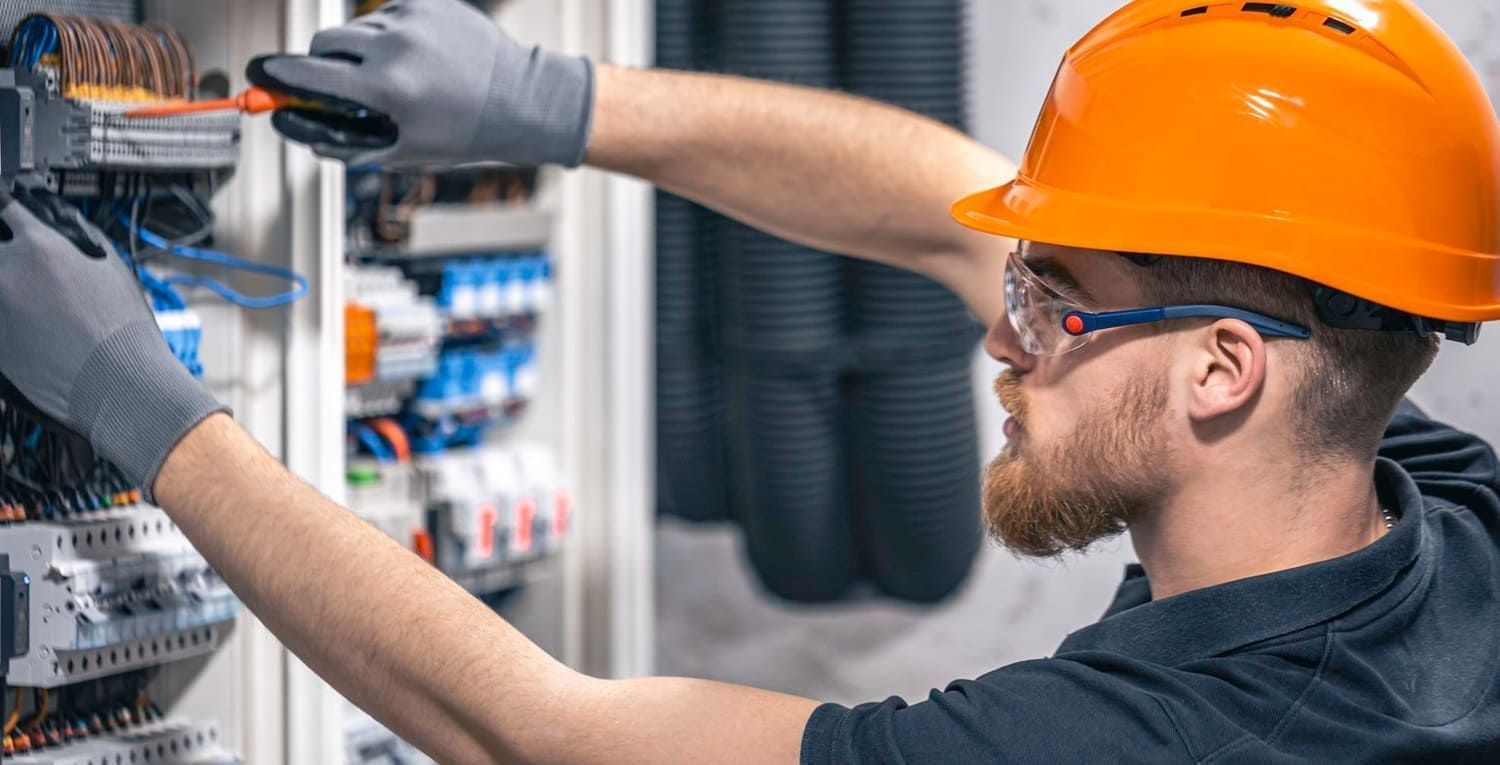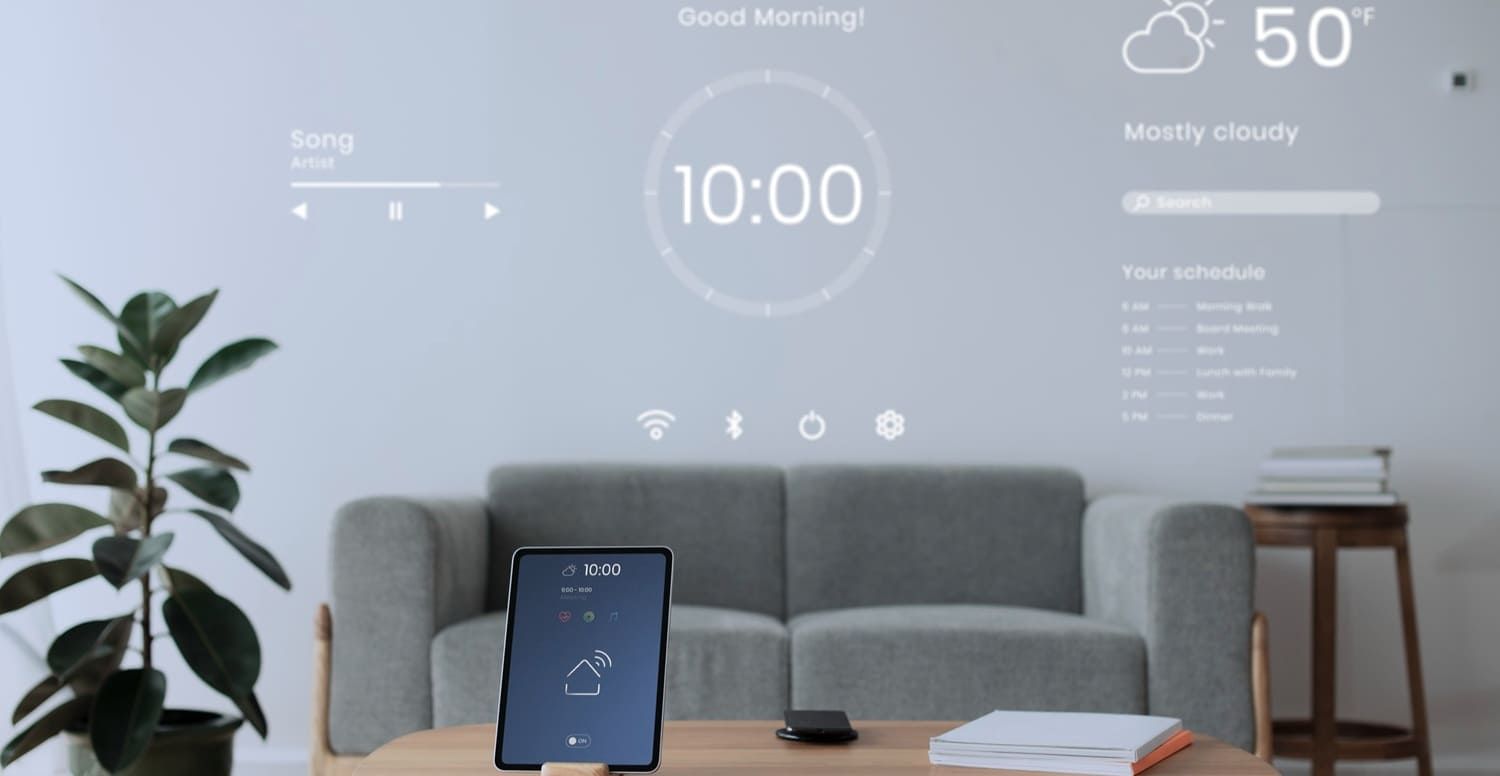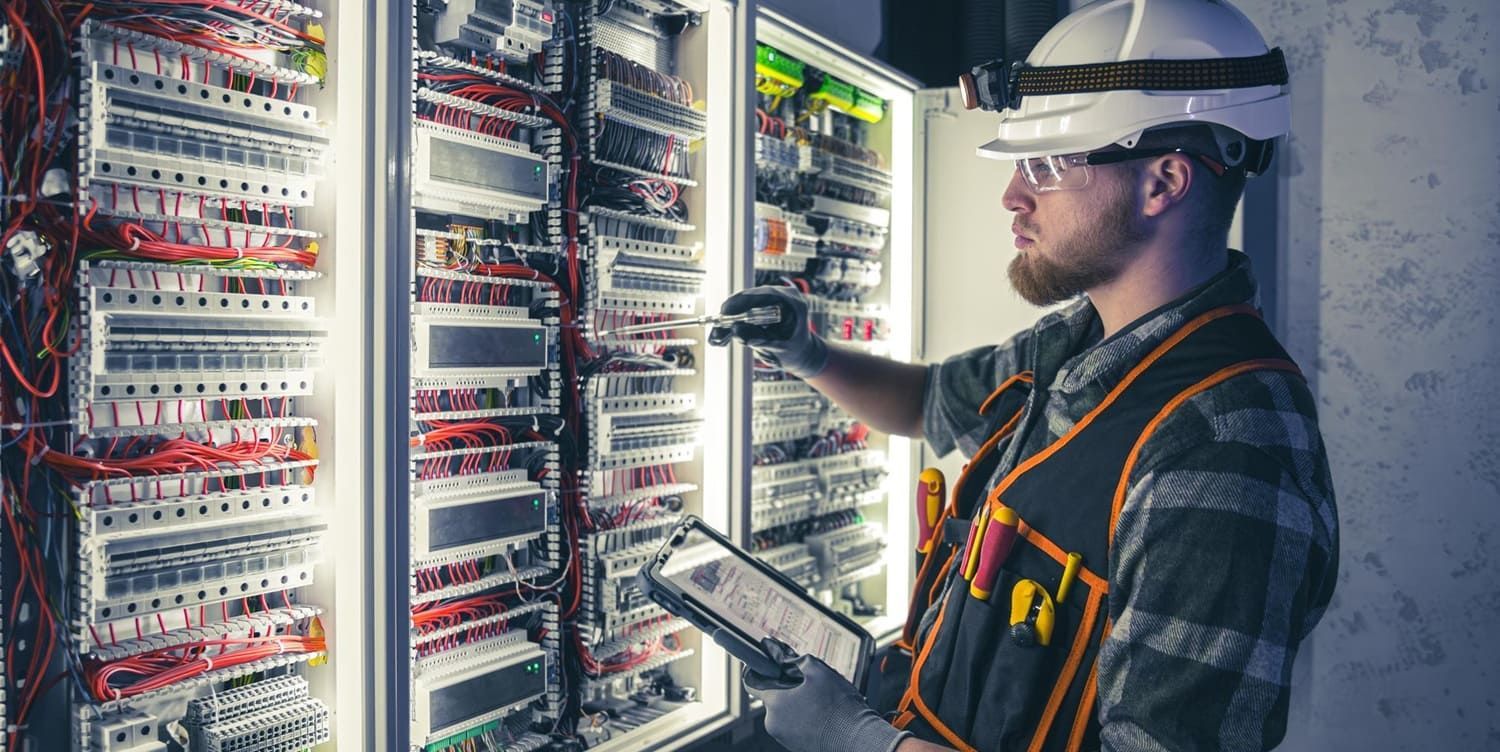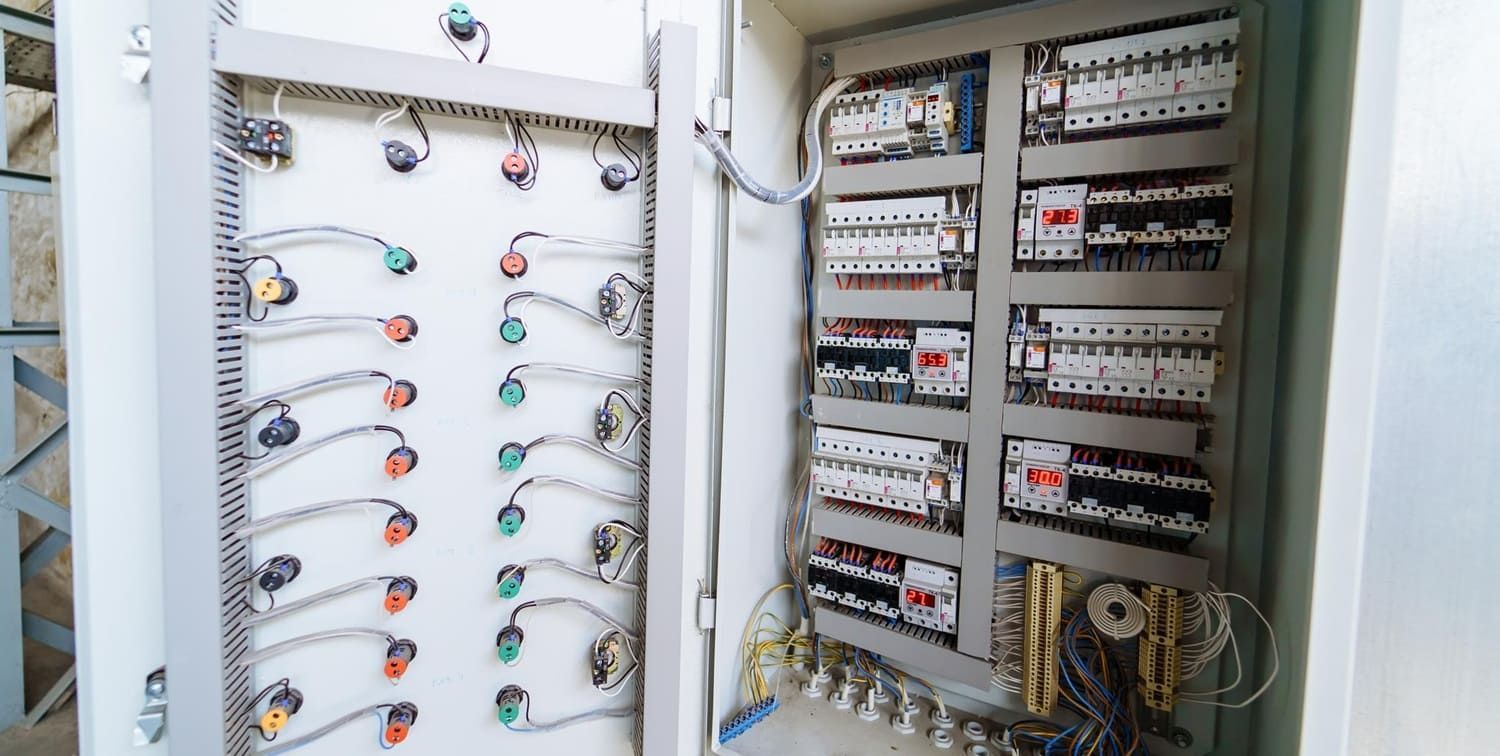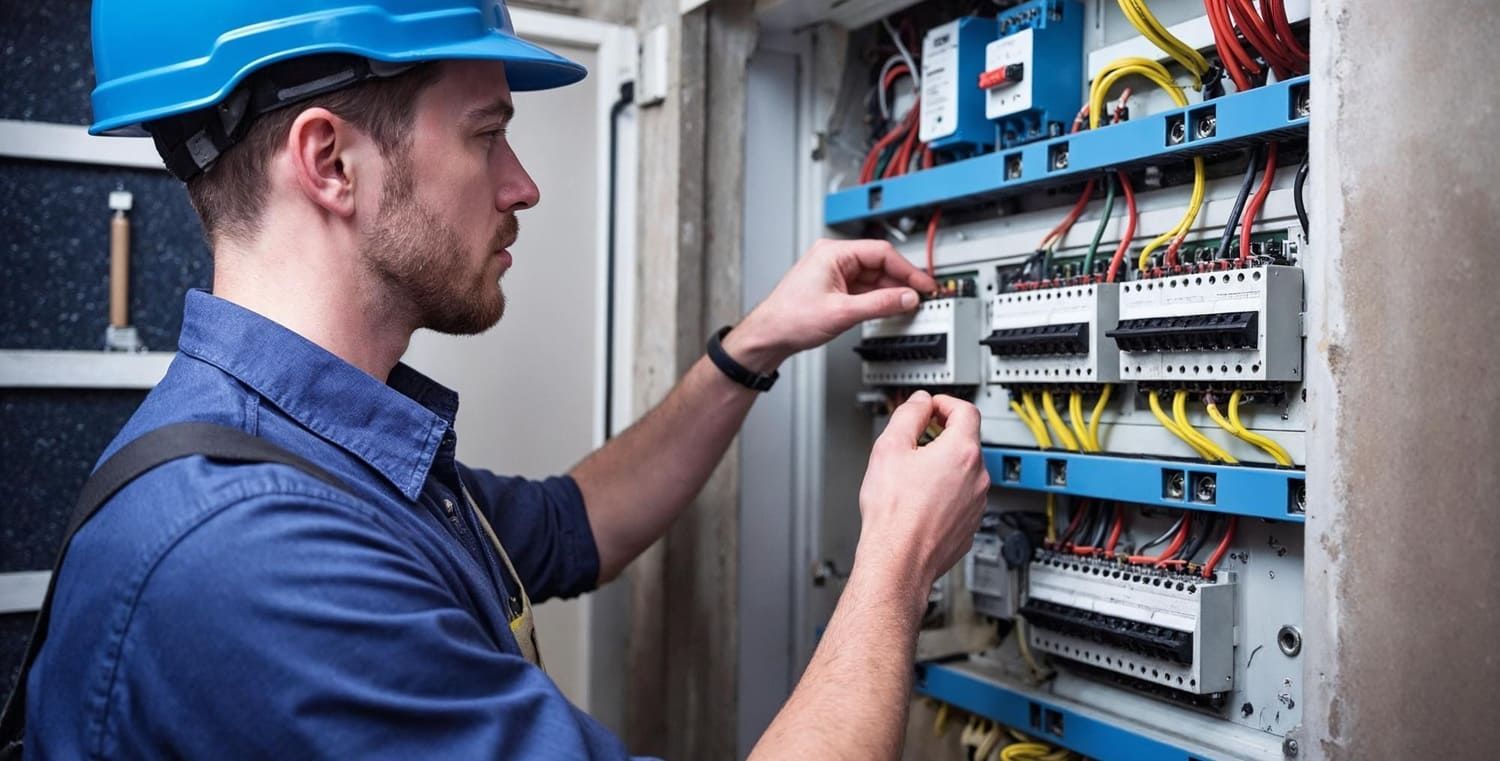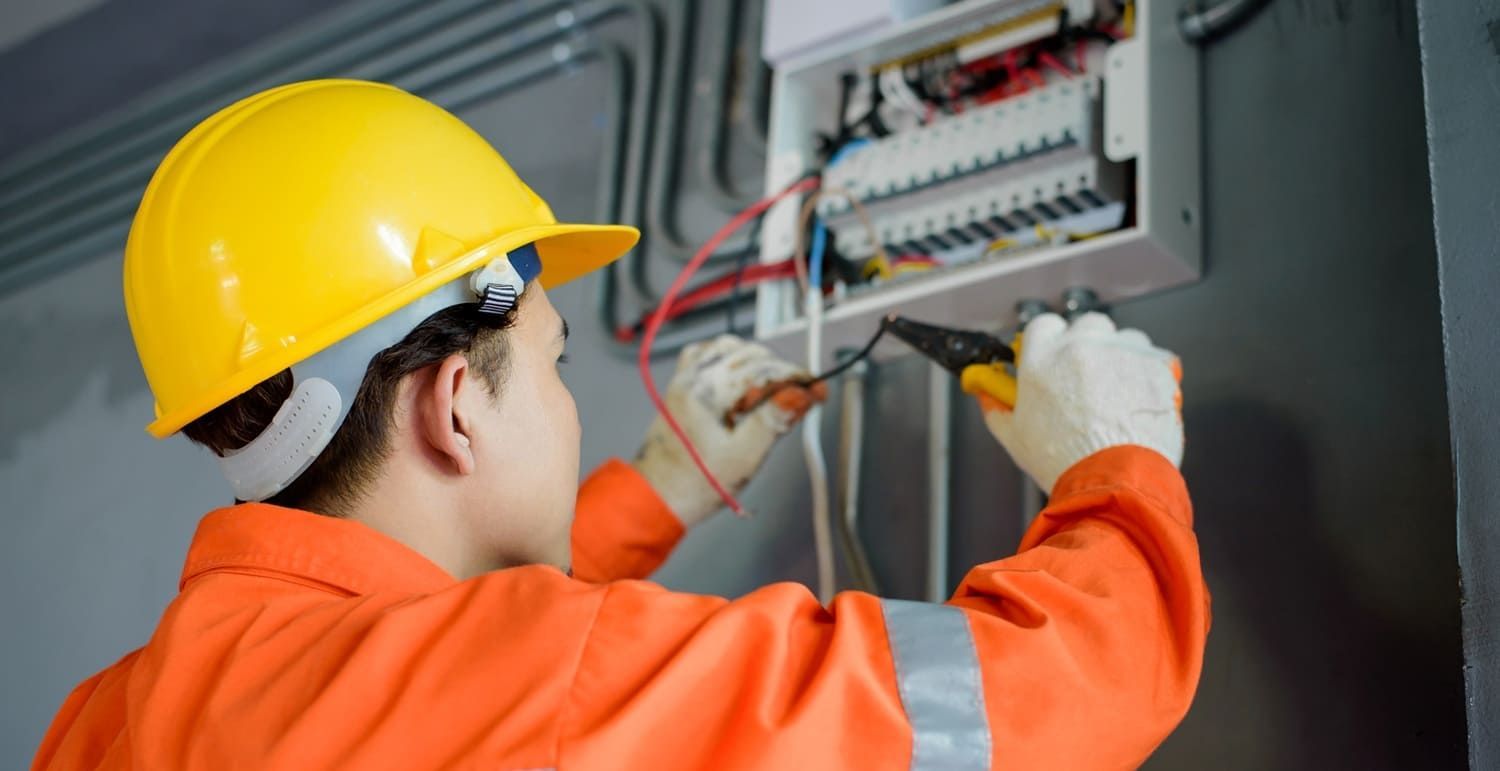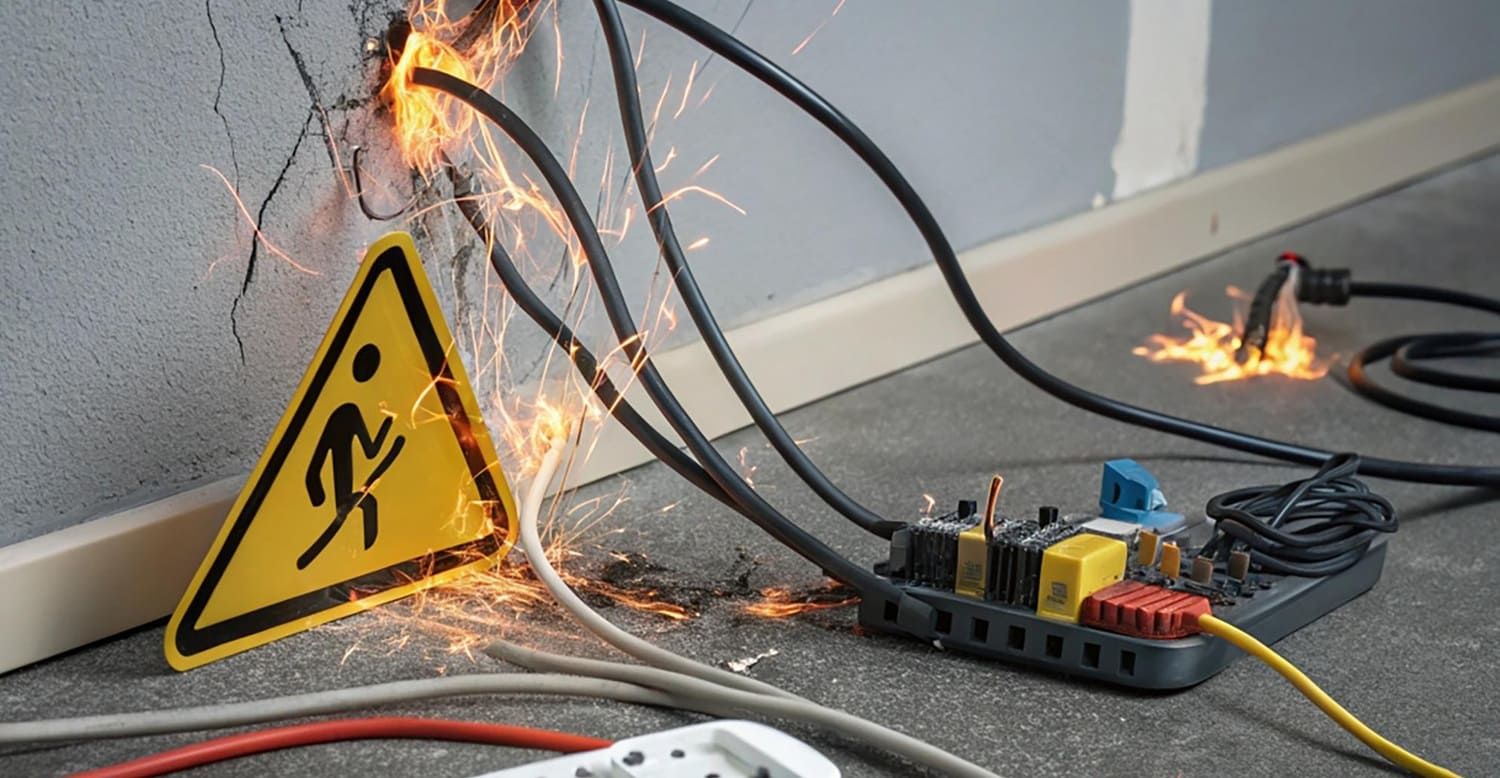Are Smart Home Installs Safe Without a Pro?
In today's digital age, smart home technology is becoming increasingly popular. From smart thermostats to security cameras, these devices are designed to make our lives more convenient and secure. However, a question that often arises is whether it's safe to install these devices without professional help. In this article, we will explore the safety of DIY smart home installations and provide insights into when it might be best to call in the experts. As we delve deeper, we'll examine various aspects of smart home technology, assess the potential risks of DIY installations, and offer guidance on making informed decisions.

Understanding Smart Home Technology
Before diving into the safety aspects, it's important to understand what smart home technology entails. A smart home involves a network of devices connected to the internet, allowing homeowners to control and monitor them remotely. These devices include:
- Smart Thermostats: Control your home's temperature from anywhere, optimizing energy usage and ensuring comfort. Modern smart thermostats can even learn your habits and adjust settings automatically.
- Smart Lights: Turn lights on or off remotely or set schedules. Beyond convenience, they offer energy savings and can enhance security by simulating occupancy when you're away.
- Security Cameras: Monitor your property in real-time through your smartphone. Advanced models offer features like facial recognition and motion detection, providing peace of mind.
- Smart Locks: Secure your home with keyless entry systems, allowing you to lock or unlock doors remotely. They offer the convenience of managing access for family or guests without traditional keys.
- Voice Assistants: Control devices using voice commands, integrating seamlessly with various smart home gadgets. They can perform tasks ranging from playing music to managing your schedule.
The Appeal of DIY Installs
With the rise of user-friendly devices, many homeowners are tempted to handle installations themselves. The allure of DIY smart home installs often lies in cost savings and the satisfaction of personal accomplishment. For tech enthusiasts, the challenge of setting up a smart home can be an enjoyable project that enhances their understanding of the technology.
However, it's essential to recognize that while the DIY approach can be rewarding, it isn't without its challenges. Not all devices are as intuitive as they seem, and the complexity can vary significantly. As the smart home market grows, the diversity of products and features means that some installations can become intricate and require a steep learning curve.
The Safety Concerns of DIY Smart Home Installs
While installing smart home devices on your own can be rewarding, it's crucial to consider the potential safety risks involved. Awareness of these risks helps in making informed decisions about when to proceed independently and when to seek professional help.
Electrical Hazards
One of the primary concerns with DIY smart home installations is electrical safety. Many smart devices require integration with your home's electrical system. Without the proper knowledge, you could risk electrical shocks or fires. It's essential to know when the complexity of the task surpasses your expertise. Even seemingly simple installations can sometimes involve dealing with high voltage or complex wiring, which can pose significant hazards if handled incorrectly.
In addition to the immediate risks of shock or fire, improper electrical connections can lead to long-term issues such as device malfunction or system failures. These problems might not only affect the performance of the device but could also lead to costly repairs or replacements. Understanding your limitations and knowing when to consult an expert can prevent these potential dangers.
Cybersecurity Risks
Another significant concern is cybersecurity. Smart devices are connected to the internet, making them potential targets for hackers. Ensuring that your network is secure and that devices are protected with strong passwords is essential. A poorly configured system could expose your personal data to cyber threats, leading to privacy breaches or identity theft.
Moreover, the increasing sophistication of cyber threats means that homeowners need to stay informed about the latest security practices. This includes regularly updating device firmware and software to patch vulnerabilities, using secure authentication methods, and monitoring network traffic for unusual activity. Without these precautions, the convenience of smart devices could come at the cost of compromised security.
Inefficient Functionality
Improper installation may result in devices not functioning as intended. For example, a smart thermostat installed incorrectly might not regulate temperature properly, leading to increased energy costs. Ensuring that devices are set up correctly is key to maximizing their benefits. Moreover, inefficient functionality can lead to frustration and dissatisfaction with the technology, potentially negating its benefits.
In addition, incorrect installations can also cause compatibility issues between different devices, disrupting the seamless integration that smart homes promise. This can result in devices failing to communicate with each other, reducing the overall efficiency and functionality of the system. Understanding the technical requirements and compatibility considerations of each device is crucial to avoid these pitfalls.
When to Consider Professional Installation
While many smart home devices are designed for easy installation, some situations call for professional expertise. Recognizing when to bring in a professional can save time, ensure safety, and guarantee that devices function optimally.
Complex Installations
If a device requires extensive wiring or integration with existing systems, it's wise to hire an expert. For instance, installing a smart security system involves setting up cameras, sensors, and network connections, which can be complex. Professionals have the experience and tools necessary to manage these intricate installations efficiently and safely.
Moreover, complex installations often require a deep understanding of both the technology and the specific requirements of your home. Professionals can assess your home's infrastructure, recommend appropriate solutions, and ensure that all components are compatible and optimized for performance. This expertise can be invaluable, especially in avoiding costly mistakes or the need for future adjustments.
Ensuring Warranty and Support
Many manufacturers require professional installation to maintain warranties. If you encounter issues down the line, having proof of professional installation could make warranty claims easier. This not only protects your investment but also provides assurance that the installation meets the manufacturer's standards.
In addition to warranty considerations, professional installations often come with additional support services. This can include troubleshooting assistance, maintenance services, and access to expert advice, which can be particularly beneficial if issues arise or if you decide to expand your smart home system in the future.
Peace of Mind
Hiring a professional can provide peace of mind knowing that the installation is safe and up to standard. Expert electricians have the training to handle complex systems and ensure everything is functioning correctly. This assurance can be particularly valuable for homeowners who may not have the time or confidence to tackle installations themselves.
Furthermore, the peace of mind extends beyond the installation process. Knowing that your system is secure, efficient, and reliable allows you to fully enjoy the benefits of your smart home without the worry of potential issues. This confidence can enhance your overall experience and satisfaction with your smart home technology.
Choosing the Right Professional
When deciding to hire a professional for your smart home installation, it's essential to choose the right one. Here are some tips to ensure you make an informed decision:
Research
Look for "expert home electricians near me" and check their credentials and reviews. A reputable professional will have positive feedback and relevant certifications. Online platforms and local directories can provide valuable insights into the quality and reliability of potential contractors.
Additionally, consider seeking recommendations from friends, family, or neighbors who have had similar work done. Personal referrals can offer firsthand accounts of the quality of service and provide additional confidence in your choice.
Experience
Ensure that the professional has experience with smart home installations. An electrician familiar with traditional wiring may not be adept at setting up smart devices. Experience with specific brands or systems can also be beneficial, as it ensures familiarity with the unique features and requirements of different products.
Moreover, experienced professionals are more likely to stay updated on the latest industry trends and technologies. This knowledge can be invaluable in ensuring that your installation is modern, efficient, and future-proof, accommodating potential upgrades or expansions to your smart home system.
Ask Questions
Don't hesitate to ask questions about their process, experience, and how they plan to secure your system against potential threats. A knowledgeable professional will be transparent and willing to share their expertise. Inquire about their approach to cybersecurity, integration, and troubleshooting, as well as any guarantees or warranties they offer on their work.
Engaging in open communication with your chosen professional can help establish trust and ensure that your expectations align with the services provided. It also allows you to clarify any concerns or preferences you may have, contributing to a successful and satisfactory installation experience.
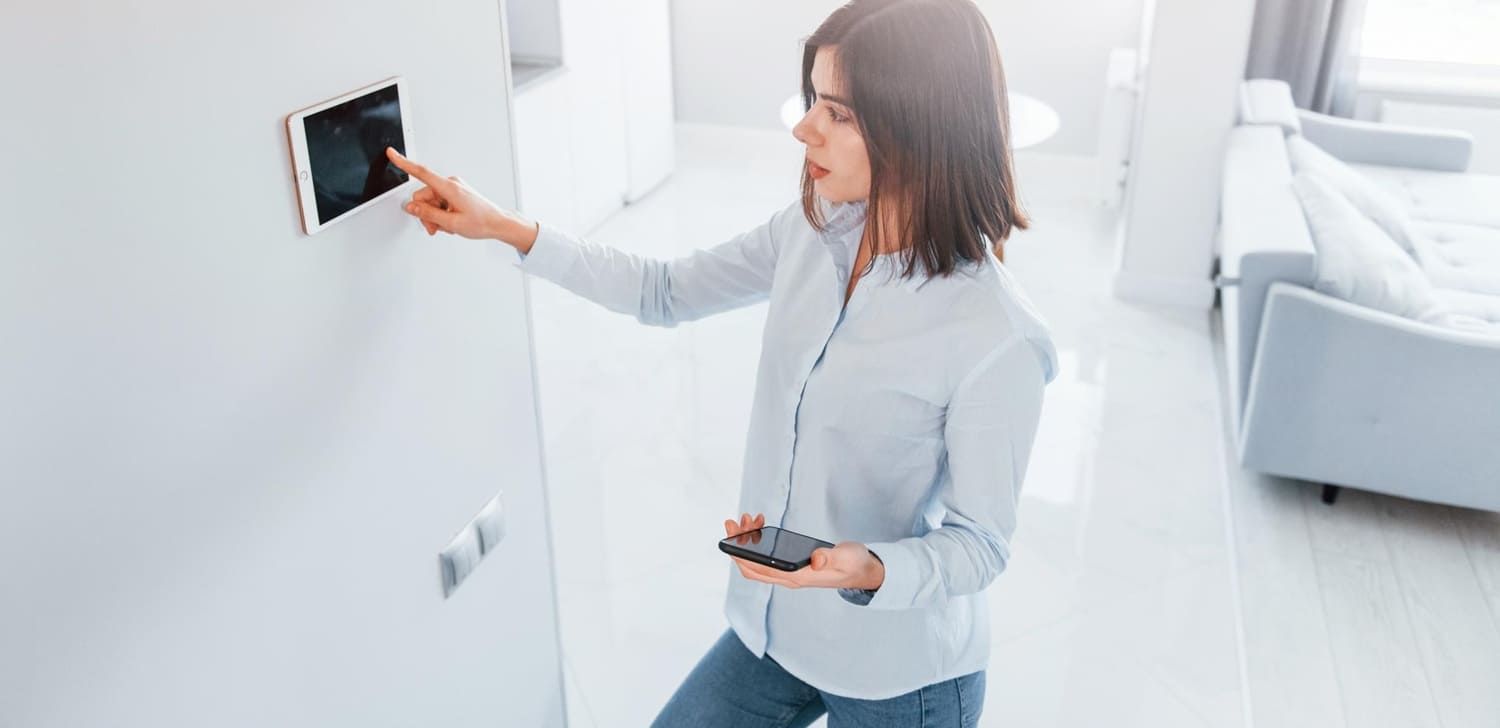
Tips for Safe DIY Smart Home Installs
If you decide to go the DIY route, here are some tips to ensure safety and efficiency. These guidelines can help you navigate the complexities of smart home installations and minimize potential risks.
Read the Manuals
Always start by reading the installation manuals thoroughly. Understanding the steps and requirements can prevent mistakes and ensure proper setup. Manuals often contain crucial information about compatibility, safety precautions, and troubleshooting tips that can be invaluable during the installation process.
In addition to reading the manuals, consider consulting online resources such as tutorials or forums. These can provide additional insights and practical advice from other users who have successfully completed similar installations, helping you overcome common challenges and achieve optimal results.
Secure Your Network
Make sure your Wi-Fi network is secure by using strong passwords and enabling encryption. Regularly update your devices to protect against vulnerabilities. Network security is a critical component of smart home safety, as it helps prevent unauthorized access and data breaches.
Consider investing in a robust firewall or a dedicated smart home hub to manage connections and monitor activity. These tools can enhance security by providing advanced protection features and offering greater control over device interactions within your network.
Start Simple
If you're new to smart home technology, start with simple devices like smart plugs or light bulbs before moving on to more complex systems. These entry-level devices often have straightforward installation processes and can help build your confidence and understanding of smart home technology.
As you gain experience, you can gradually expand your system and incorporate more advanced devices. This incremental approach allows you to learn and adapt at your own pace, reducing the likelihood of errors and increasing your overall satisfaction with your smart home setup.
Test Thoroughly
After installation, test each device to ensure it's working correctly. Check connectivity, response times, and integration with other devices. Thorough testing can help identify and address any issues early, preventing potential problems down the line.
In addition to initial testing, consider performing regular maintenance checks to ensure that all devices remain functional and up-to-date. This ongoing attention to your system can help maintain its efficiency and reliability, allowing you to enjoy the full benefits of your smart home technology.
Conclusion
At Buell Electric, Inc., we proudly serve Pinellas County, Hillsborough County, and Pasco County, including the Florida cities of Tampa, Clearwater, Saint Petersburg, Largo, Port Richey, New Port Richey, Seminole, Tarpon Springs, Hudson, Holiday, Lutz, Pinellas Park, Belleair Beach, Dunedin, Oldsmar, Ozona, Elfers, Bay Pines, Crystal Beach, Safety Harbor, Odessa, Clearwater Beach, Westchase, Citrus Park, Town 'n' Country, and surrounding areas — offering expert electrical solutions and free estimates on all smart home installations.
Smart home technology offers numerous benefits, from increased convenience to enhanced security. While DIY installations can be tempting, it's important to weigh the risks and benefits. For complex or critical systems, hiring a professional ensures safety and reliability. However, with careful planning and attention to detail, many smart home devices can be safely installed by homeowners.
Ultimately, the decision between DIY and professional installation should be based on your comfort level and the complexity of the system. By taking the right precautions, you can enjoy the advantages of a smart home without compromising on safety. Whether you choose to go it alone or enlist the help of an expert, the key is to prioritize safety and ensure that your smart home is both functional and secure.
Contact Buell Electric, Inc. today for a free estimate and expert guidance on making your Florida home smarter and safer.
FAQs About DIY Smart Home Installation Safety
Can I install smart home devices without a professional?
Yes, many plug-and-play smart devices like light bulbs, plugs, and cameras are designed for easy DIY setup. However, complex systems may require a professional for safety and reliability.
Are DIY smart home installs safe?
They can be—if done correctly. Basic setups are safe, but improperly installed devices (like wired thermostats or smart locks) may pose security or electrical risks.
What smart home devices are easiest to install on your own?
Devices like smart bulbs, video doorbells, Wi-Fi plugs, smart speakers, and thermostats with clear instructions are typically DIY-friendly.
Which smart devices should be left to professionals?
Anything involving electrical wiring, HVAC integration, or alarm systems—like smart thermostats, switches, or hardwired security systems—is better left to certified installers.
Is there a risk of hacking with DIY smart home installs?
Yes. If not configured properly, smart devices can be vulnerable to hacking. Always use strong passwords, enable encryption, and keep firmware updated.
Can improper wiring damage smart devices?
Absolutely. Connecting a device to the wrong voltage or circuit can cause malfunctions, damage, or even electrical fires.
Do I need a hub to install smart devices safely?
Not always. Many devices today are Wi-Fi or Bluetooth-based, but if you’re creating a multi-device ecosystem, a hub like SmartThings or Home Assistant helps with stability and security.
Is professional installation required for home insurance compliance?
In some cases, yes—especially for monitored security systems or smoke/CO detectors. Check with your insurer for specific requirements.
Will DIY installations void warranties?
Not usually, but improper installation or modifying wiring may void certain manufacturer warranties. Read the terms before installing.
Can smart home installs interfere with your Wi-Fi network?
Yes. Too many devices on a weak network can cause connectivity drops or lag. A strong router or mesh network is essential for smooth performance.
Do smart locks and cameras need pro setup for security?
It’s recommended. While DIY is possible, professional installers ensure secure mounting, password protection, and network security protocols.
Is a smart thermostat safe to install myself?
It depends on your wiring. If your system has a C-wire and clear labeling, it can be DIY-friendly. If not, hire a pro to avoid HVAC damage or miswiring.
Are voice assistant devices safe to set up on your own?
Yes. Devices like Alexa, Google Nest, or Siri HomePod are designed for easy and secure self-installation with guided app walkthroughs.
How do I make sure my DIY setup is secure?
Change default passwords, enable two-factor authentication, use private Wi-Fi (not public networks), and regularly update your device firmware.
Can I integrate different brands of smart devices myself?
Yes, using IFTTT, Matter, Apple HomeKit, Google Home, or Amazon Alexa. However, device compatibility and automation rules can be confusing without guidance.
What are the risks of not hiring a smart home pro?
Risks include device failures, poor integration, network overload, and security vulnerabilities—especially in systems controlling locks, alarms, or HVAC.
Are smart lighting systems safe to install alone?
Yes—if wireless. Hardwired smart switches or dimmers, however, require basic electrical knowledge and should be turned off at the breaker.
Can DIY smart home setups reduce your energy bill?
Yes, when configured properly. Smart thermostats, lights, and plugs can optimize energy use, but poor installation may limit savings.
What tools do I need for a DIY smart home install?
Basic installs require just a smartphone and Wi-Fi, but complex projects may need a voltage tester, screwdriver, wire stripper, and a ladder.
When should I definitely call a smart home professional?
If your install involves high-voltage wiring, advanced automation, retrofitting, or central hubs, or if you’re unsure about compatibility or safety—call a pro.
